The vagabond’s posture is relaxed but slightly slumped, suggesting a sense of weariness. His hands rest casually in his pockets, a gesture that evokes both resignation and self-possession. This subtle physical attitude indicates a man who is accustomed to hardship yet maintains his personal dignity. His clothing, simple and loose-fitting, evokes the attire of the working class or rural poor of the time, further anchoring the figure in the realism Fortiny was known for. The slightly slouched posture and hands-in-pockets stance give the sculpture a casual quality, but beneath this is an emotional depth that speaks to the weight of the vagabond’s life experience.
The figure’s head is bowed slightly, his gaze cast downward in contemplation. This subtle tilt of the head, combined with the weathered, rugged features of the man’s face, conveys a mood of introspection. The vagabond’s facial expression is particularly poignant. His eyes, partially closed and looking downward, convey a sense of deep thought or perhaps even melancholy. The lines etched into his face—particularly around his eyes and mouth—suggest a long life of toil and hardship, yet there is no bitterness in his expression. Instead, his demeanor suggests a quiet acceptance, a man who carries the burden of his life with a calm resolve. His beard and rough hair add to this impression of a man who has lived through difficulties but remains resilient in his own quiet way.
Fortiny’s attention to detail and realism is a hallmark of his work, and this sculpture is no exception. Every element of the figure—from the folds of his clothing to the texture of his skin and beard—is rendered with a fine attention to naturalism. This realism places the sculpture firmly within the genre art tradition, where ordinary people and scenes from everyday life are the subjects. Yet, Fortiny’s "Vagabond" goes beyond a simple depiction of an everyday figure; it captures the emotional and psychological state of the man, turning a humble figure into a universal representation of human struggle.
The vagabond’s clothing, though simple, are rendered with great care. These details help to create a vivid image of a man from the lower rungs of society, one who is perhaps overlooked in daily life but here given center stage. In choosing to depict such a figure, Fortiny draws attention to the plight of the poor and the marginalized, especially at a time when industrialization and modernization were leaving many people behind.
At the same time, the vagabond’s quiet strength and dignity suggest a universal message about human resilience. Despite his hardships, the man retains a sense of self-possession. His weariness does not define him; rather, it is his ability to endure that comes through most strongly. This resilience, captured so beautifully in the figure’s subtle posture and expression, makes "Vagabond" a timeless reflection on the human spirit.
Although "Vagabond" was created over a century ago, its themes of poverty, endurance, and quiet dignity remain relevant today. Fortiny’s ability to evoke such deep emotion through understated realism ensures that the sculpture resonates with modern viewers as much as it did when it was first created. In this way, Fortiny’s sculpture transcends the genre of everyday scenes to become a meditation on the human condition. The vagabond, standing quietly with his hands in his pockets, is not just a figure from history—he is a representation of all those who endure hardship with grace and quiet strength.


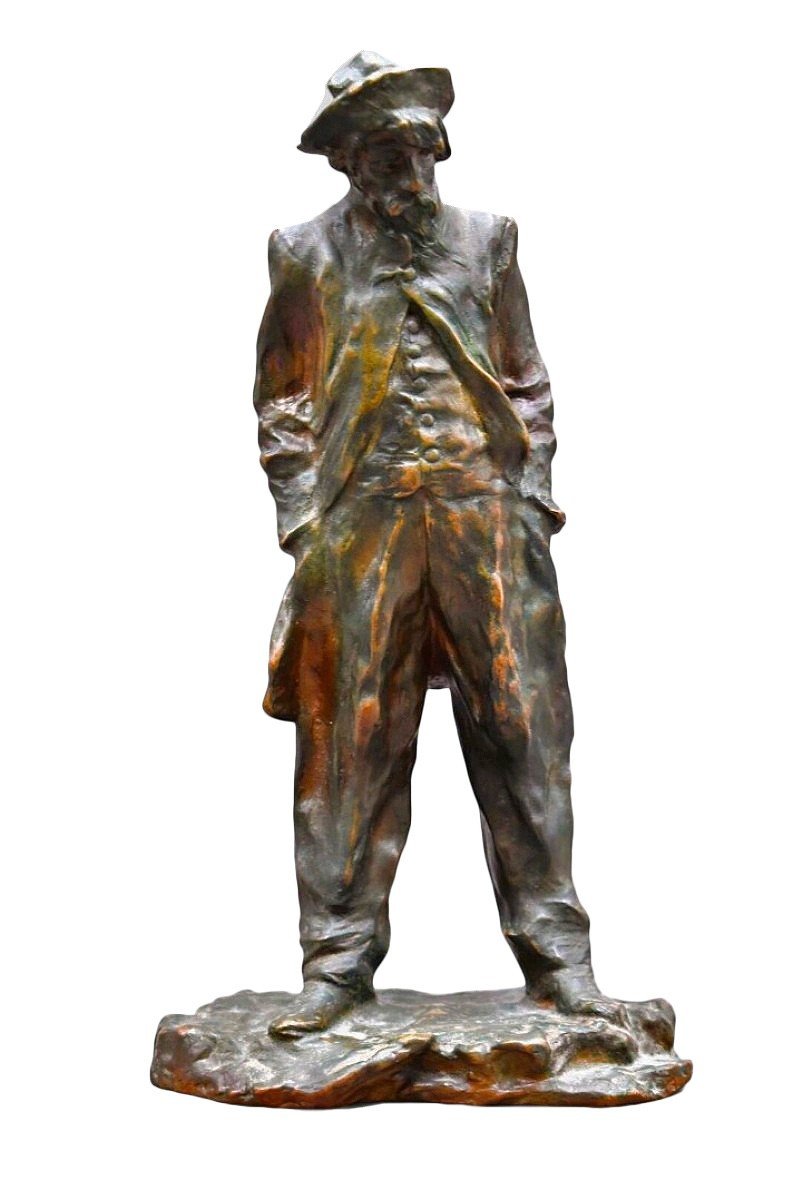

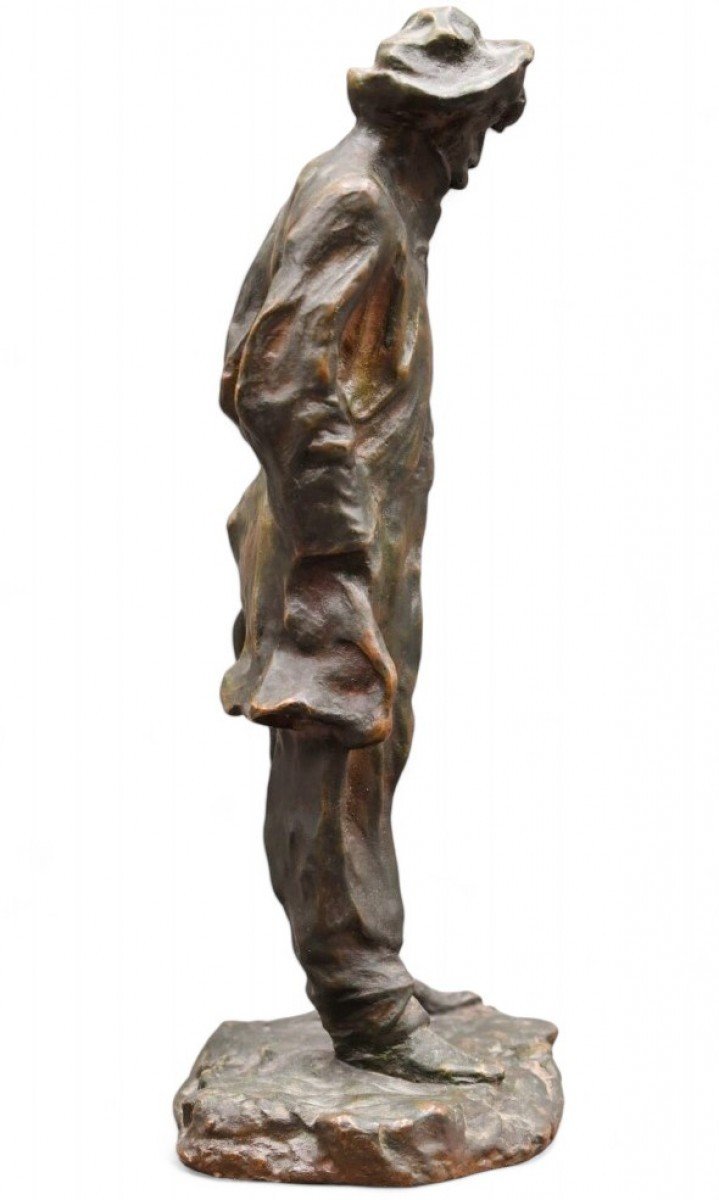
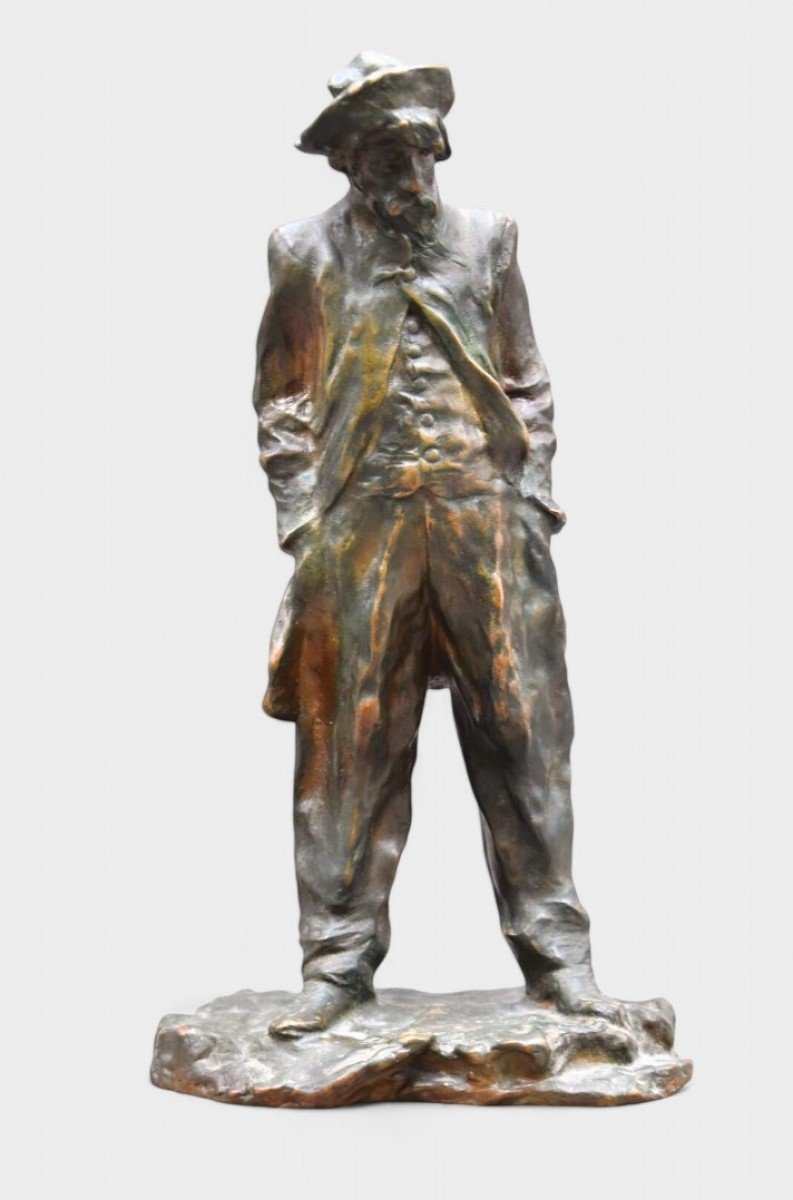


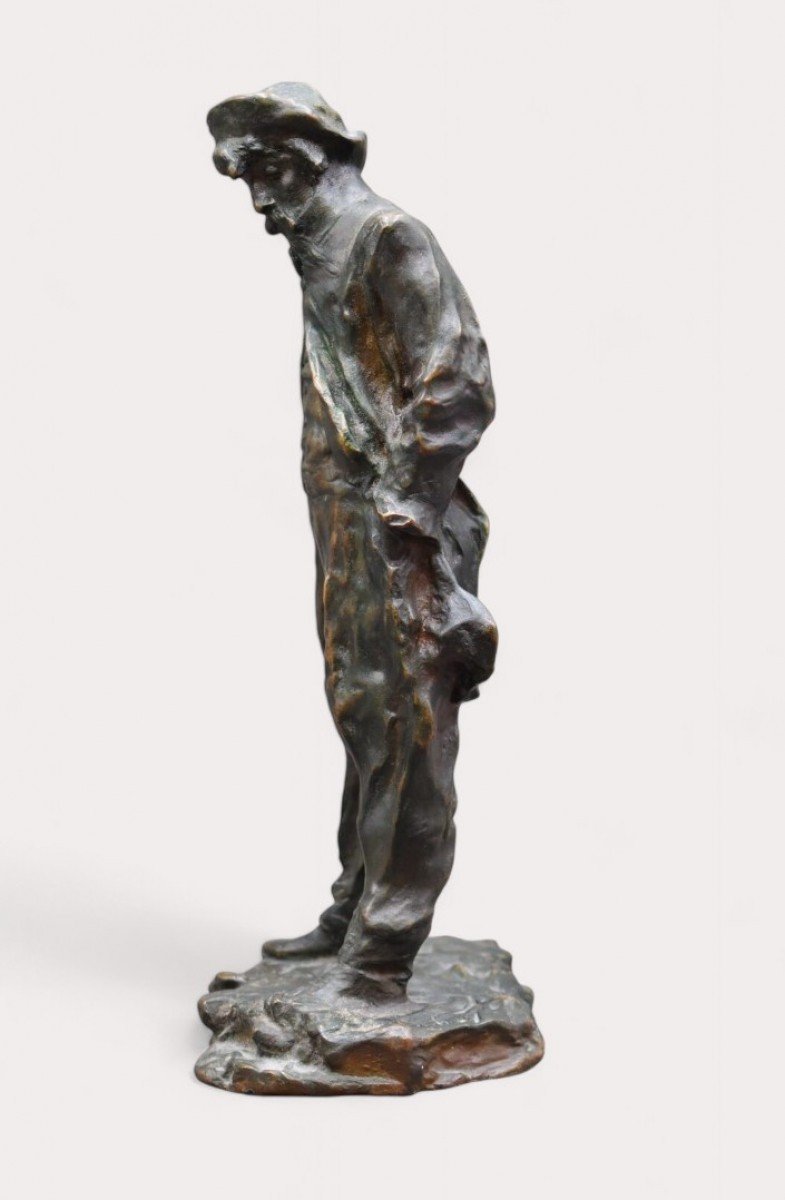
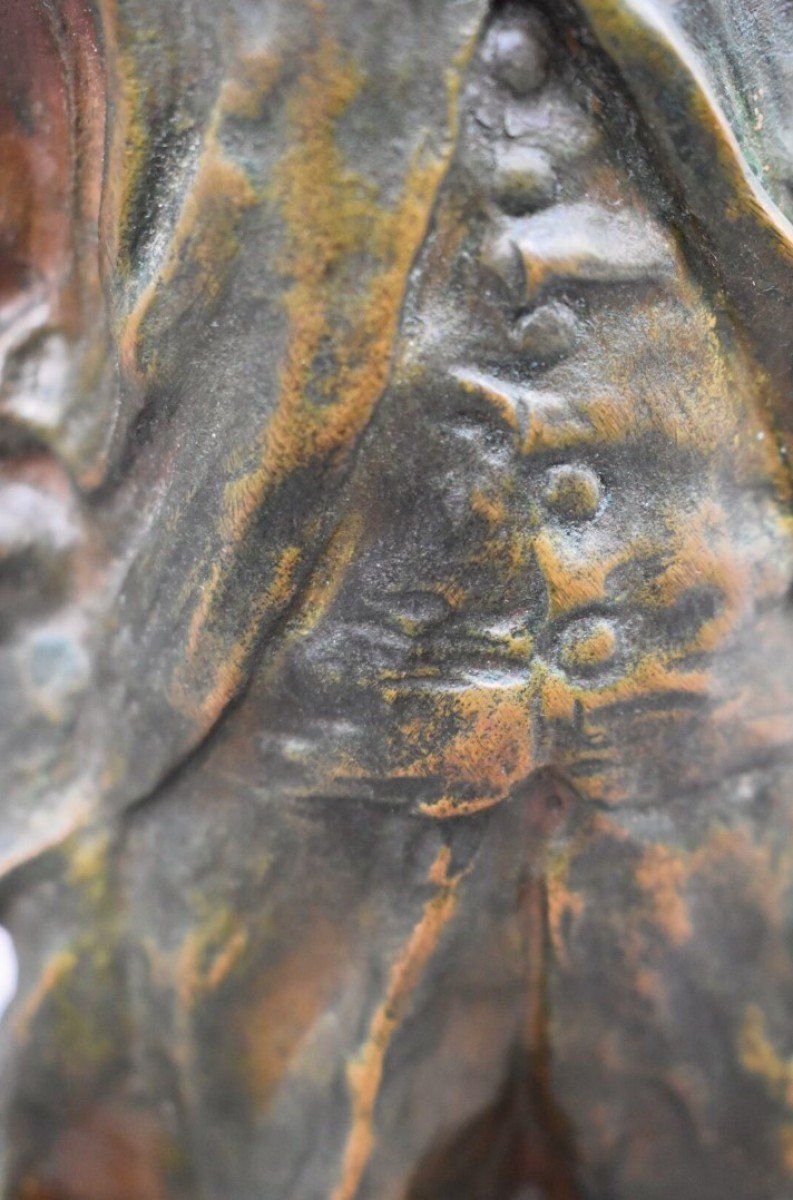












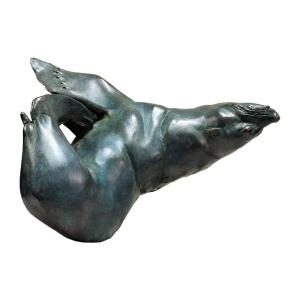
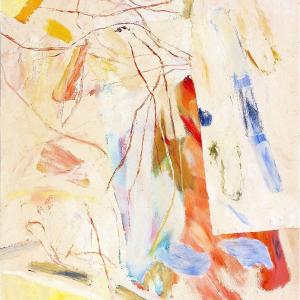





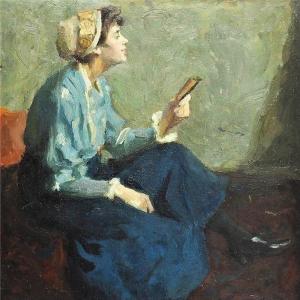






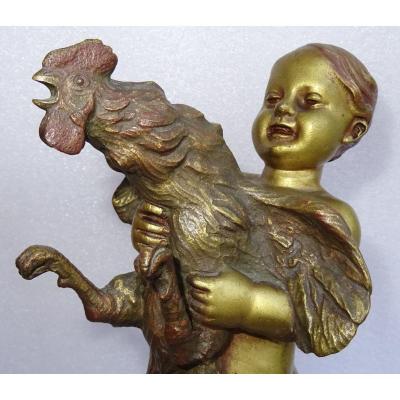
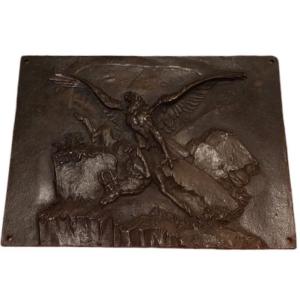
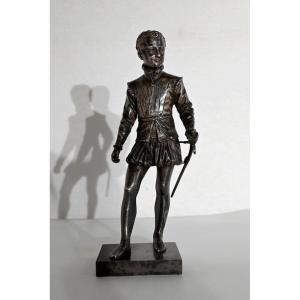





 Le Magazine de PROANTIC
Le Magazine de PROANTIC TRÉSORS Magazine
TRÉSORS Magazine Rivista Artiquariato
Rivista Artiquariato